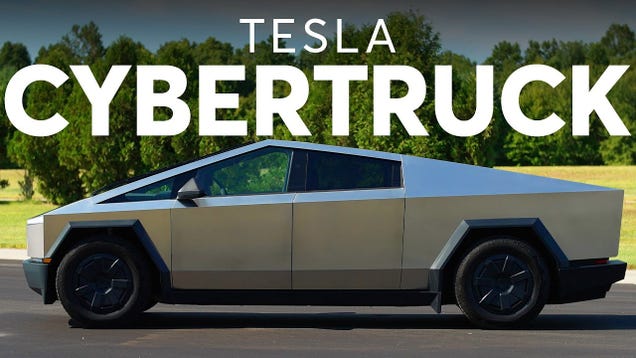Understanding the Polarizing Figure of Elon Musk
Elon Musk has become a household name, synonymous with innovation and controversy. His ventures, particularly in the automotive industry with Tesla, have sparked intense debate among consumers, enthusiasts, and critics alike. This article delves into the complexities surrounding Musk’s persona and the implications of his work, particularly focusing on the Tesla Cybertruck, which has garnered both excitement and skepticism.
The Impact of the Tesla Model S
The Tesla Model S is often hailed as a groundbreaking vehicle that revolutionized the electric car market. Launched in 2012, it set new standards for performance, range, and technology in electric vehicles (EVs). According to a report by the International Energy Agency, Tesla accounted for nearly 16% of global EV sales in 2020, a testament to the Model S’s influence. Its success has not only propelled Tesla into the limelight but has also encouraged other automakers to accelerate their electric vehicle programs.
However, while the Model S is celebrated for its achievements, it also casts a long shadow over Musk’s other projects, particularly the much-anticipated Cybertruck. The Cybertruck’s design and functionality have been met with mixed reviews, raising questions about Musk’s vision and execution.
Examining the Tesla Cybertruck’s Reception
The Tesla Cybertruck, unveiled in 2019, was designed to disrupt the traditional pickup truck market. Its angular design and stainless-steel exoskeleton were intended to convey a futuristic aesthetic. However, the reception has been anything but unanimous. Critics have pointed out that the design is impractical for many consumers and that the vehicle’s performance metrics have yet to be fully realized in real-world conditions.
Recent consumer reports have highlighted several concerns regarding the Cybertruck, including its durability, usability, and overall appeal. A survey conducted by Consumer Reports found that while some consumers are excited about the Cybertruck’s innovative features, a significant portion remains skeptical about its practicality and design. This dichotomy reflects a broader trend in consumer behavior, where the allure of innovation often clashes with the need for functionality.
The Broader Implications of Musk’s Leadership Style
Musk’s leadership style has also come under scrutiny. His approach is often characterized by a blend of visionary ambition and controversial statements, which can alienate potential supporters. For instance, his recent comments on established medical terminology being a “slur” have sparked debates about his sensitivity to societal issues. This tendency to provoke can overshadow the positive contributions he has made to the automotive and space industries.
Experts suggest that Musk’s polarizing nature may affect public perception of Tesla and its products. A study published in the Journal of Business Research indicates that a CEO’s personal brand can significantly influence consumer trust and brand loyalty. As Musk continues to make headlines, the challenge for Tesla will be to maintain its innovative edge while navigating the complexities of public perception.
Navigating Consumer Sentiment in the Age of Social Media
In today’s digital landscape, consumer sentiment can shift rapidly, influenced by social media and online discourse. The Tesla Cybertruck’s launch has been a case study in this phenomenon. Memes, tweets, and viral videos have all contributed to shaping public opinion, often amplifying both praise and criticism.
For potential buyers, this means that decisions are increasingly informed by online narratives rather than traditional marketing. Brands must adapt to this reality by engaging with consumers authentically and transparently. Tesla has leveraged social media effectively in the past, but as the Cybertruck faces scrutiny, the company may need to recalibrate its messaging strategy to address consumer concerns directly.
The Future of Tesla and the Cybertruck
Looking ahead, the future of Tesla and the Cybertruck remains uncertain. While the company has a loyal customer base and a strong brand identity, the challenges posed by public perception and market competition cannot be ignored. As other automakers ramp up their electric vehicle offerings, Tesla must continue to innovate while also addressing the practical needs of consumers.
In conclusion, the narrative surrounding Elon Musk and the Tesla Cybertruck is multifaceted, reflecting broader themes of innovation, consumer behavior, and leadership. As the automotive landscape evolves, it will be crucial for Tesla to balance its ambitious vision with the realities of consumer expectations and market dynamics. The outcome of this balancing act will not only determine the fate of the Cybertruck but also shape the future trajectory of Tesla as a leader in the electric vehicle revolution.

